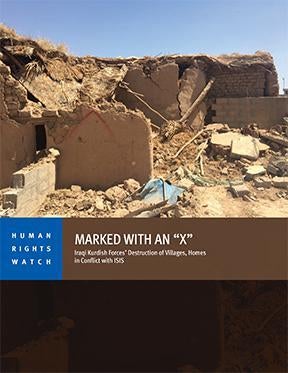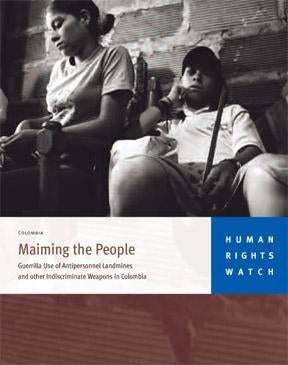Listen, Run, Hide
Since the summer of 2024, Russian forces have increasingly armed quadcopter drones and used them to chase, injure, and kill residents living in the southern Ukrainian city of Kherson.


Since the summer of 2024, Russian forces have increasingly armed quadcopter drones and used them to chase, injure, and kill residents living in the southern Ukrainian city of Kherson.


The 93-page report, “Hunted From Above: Russia’s Use of Drones to Attack Civilians in Kherson, Ukraine” and an accompanying web feature, document how Russian forces appear to be deliberately or recklessly carrying out drone strikes against civilians and civilian objects with these mostly inexpensive commercially available drones. The attacks spread terror among the civilian population and cause them to fear leaving their homes, and have caused the depopulation of the two areas being targeted in Kherson.

This report looked at destruction of homes between September 2014 and May 2016 in disputed areas of Kirkuk and Nineveh governorates, areas nominally under Iraqi government jurisdiction but under Kurdistan Regional Government (KRG) control. The destruction, which took place after KRG Peshmerga forces routed Islamic State (also known as ISIS) fighters, targeted Arab homes while leaving Kurdish homes intact. KRG leaders have maintained that these are historically Kurdish areas that they intend to incorporate into the Kurdistan region.


The concept of smart (i.e., self-destructing) mines certainly has humanitarian allure. In theory, a mine that blows itself up in a relatively short period of time is preferable to a mine that lasts for decades, and should pose less danger to civilians.